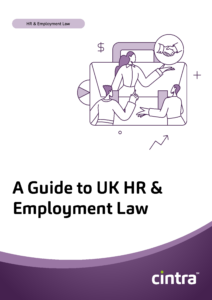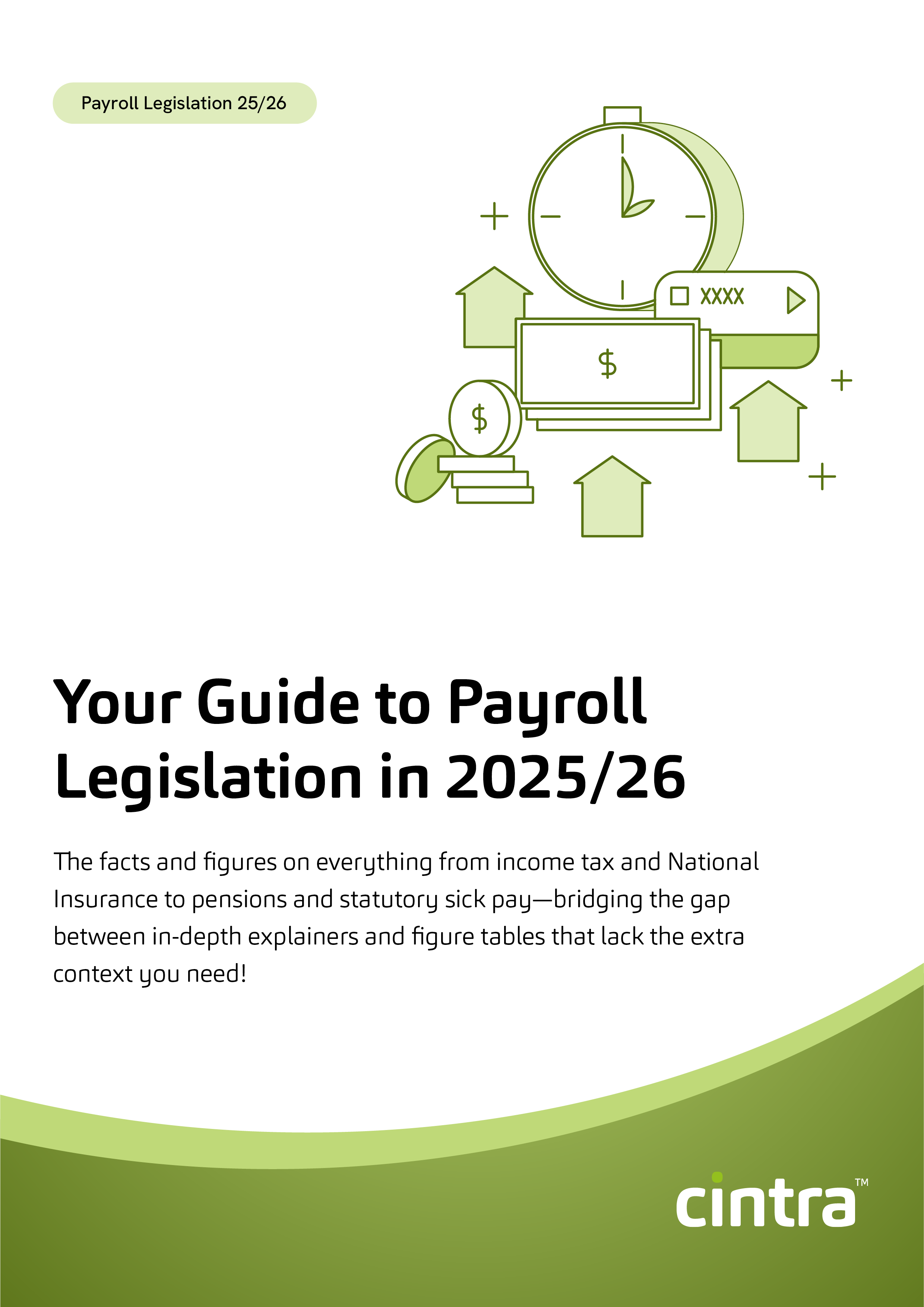Did you know that 91% of UK employees have experienced high or extreme stress in the past year, contributing to burnout?
Many employees claim their organisations are not doing anything to address this.
“Nearly half of UK working adults say their employer doesn’t have a plan in place to spot the signs of chronic stress and prevent burnout in employees.” — 22nd January 2024, Mental Health UK
To make sure you’re doing everything you can to boost productivity and employee engagement, let’s look at how to prevent burnout in the workplace.
Why is workplace burnout more common in recent years?
Workplace burnout (aka occupational burnout) has become more common lately due to the increasing demands placed on your employees.
In today’s work environment, employees are often expected to handle multiple responsibilities and perform at a high level across various tasks, rather than specialising in just one area. This shift, driven by the ongoing skill revolution, puts significant pressure on individuals to continuously expand their skill sets and take on more work.
As a result, the constant pressure to excel and manage a broader range of duties can lead to fatigue and burnout, if not managed carefully.
How to prevent burnout in the workplace
Here are some key actions you can take to prevent burnout in the workplace:
Put in place continuous learning and development programs
According to research conducted by LinkedIn for the 2023/2024 financial year: a mere “27% of individuals believe that their leadership team actively fosters and promotes ongoing learning throughout the organisation.”
Upskilling and reskilling are now necessities for organisations looking to empower their workforce and secure a competitive edge. Offering opportunities for personal and professional growth through these programs enhances your overall employee engagement.
When your employees see their development as a priority, they become more committed and motivated. This fosters a culture of continuous learning and demonstrates that you care about and invest in your employees.
Practice clear communication and active listening
This means sharing information transparently within the team and making sure everyone understands their roles and expectations. You should also listen to your employees’ concerns and feedback, addressing any issues promptly.
By fostering an open dialogue, your employees feel valued and understood, which reduces stress and helps them stay focused and motivated, ultimately enhancing productivity and preventing burnout.
Empower your employees to make their own decisions
When employees have the autonomy to manage their tasks and solve problems, they feel more satisfied and engaged. This independence not only helps them develop their skills and creativity but also reduces the pressure and micromanagement that can lead to burnout.
By trusting your employees and giving them control over their work, you create a more motivated, productive, and resilient team.
Show recognition and appreciation
Simple gestures like saying “well done” or acknowledging achievements can make your employees feel valued and respected. This positive reinforcement boosts morale, improves loyalty, and enhances job satisfaction.
When your employees know their efforts are recognised, they are more motivated and engaged, which leads to higher productivity and reduces the risk of burnout.
Promote a healthy work-life balance
Your employees often look to you for cues on how to manage their time and priorities. Set a good example by going for walks during lunch breaks, not sending emails after work hours, and encouraging regular breaks.
This approach helps your employees feel supported in balancing their work with personal life.
Keep your employees engaged even before their first day of work
There is often a lack of engagement, upskilling, and inclusion for new hires before they start, which can lead to them reneging on their offer acceptance. By engaging with new employees early, inviting them to be part of the business, and providing opportunities for upskilling, you make them feel valued and part of the team.
This early connection helps build loyalty, reduces turnover, and sets a positive tone for their future with the company.
Get the latest insights and best practice guides, direct to your inbox.
FAQs
What’s the difference between upskilling and reskilling?
Upskilling is when an employee gains new skills to become more effective in their current role. Reskilling, on the other hand, involves learning new skills to transition into a different role.
Essentially, upskilling enhances performance in the same job, while reskilling prepares an employee for a new position.
Want to know more about how to prevent burnout in the workplace?
Watch our webinar featuring Chris Burrett (one of our senior solution consultants), to learn more about the strategies for enhancing the employee experience, combating burnout and developing strong leadership skills.

HR & Employment Law Guide
Grab your accessible summary of guidance and insights about where HR practices meet employment law.
Download your buyers guide


